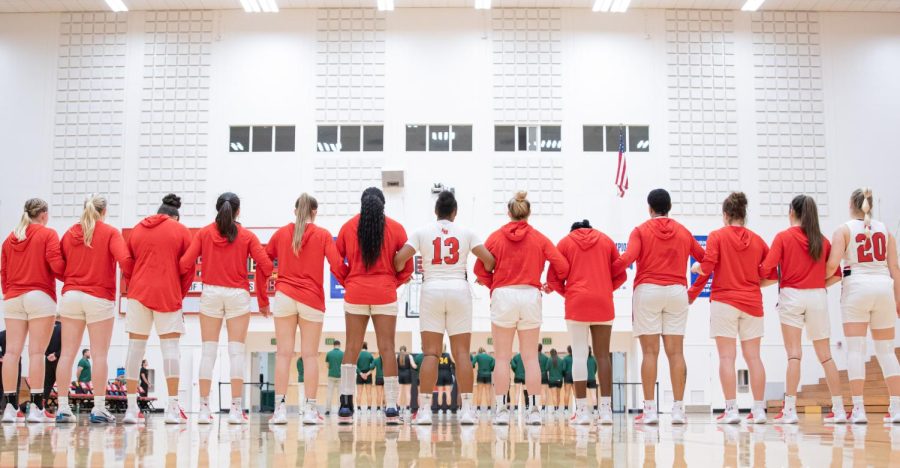Financial constraints will continue to have a large hand in shaping the realities of public higher education nationwide.
California receives 40 percent of its budget, just over $79 billion, from the federal government. With the Democratic lead Senate calling for the $1.8 trillion in required, structural cuts to come from areas other than entitlement programs, the cuts will come from domestic programs such as those which provided subsidies for the state governments.
Lawmakers in Washington will have little sympathy in keeping California’s portion of the dole off the cutting board. According to the non-partisan California Budget Project, for every dollar California sends to Washington in taxes, we receive $1.50 back.
Prospects are truly and rightfully grim; the Golden State is on the edge of the financial collapse and weakened portions of that once proud bastion of economic prosperity have begun to slosh off into the abyss.
Education in California constitutes one of the weakest portions of our state’s structural edifice.
All three tiers of our system of public higher education–the University of California, the California State University, and California Community Colleges–have their institutional expectations fossilized in the sands of the nineteen-sixties.
The state simply cannot afford to subsidize 60 percent of the cost of tuition forever, on a shrinking tax base.
In spite of the odds, some state universities have made great strides in trying to overcome these financial challenges.
Our very own Cal State East Bay is among a handful of campuses among both UC and CSU schools which has seen sustainable enrollment and facilities growth in the last decade.
Gripe as we may about living conditions in the dorms, the quality of food on campus and the decreased class offerings but the fact we have seen growth at all in the middle of the greatest market downturn since the Great Depression is not something to scoff at.
From campus beautification, to an increased selection of food options to the incremental expansion of student life on campus, CSUEB is slowly–even in some ways painfully–making the transition from commuter campus to traditional university.
This is not to say that improvements cannot be made.
Students would like longer hours of operation for campus eateries, increased access to alternative forms of transportation to and from campus and renovations to their classrooms accelerated.
All this can happen, all of this will happen but for the infrastructure to be put into place to make those dreams a reality, much coin needs to be gathered.
There is honestly no “free lunch” and at the end of the day we do “get what we pay for.” If we demand more services from the university, we should expect to provide a fair and reasonable share.
That being said, we strongly recommend that the university involve students in policymaking discussions. Just as taxpayers in recent years demand to be involved in the budgeting process, students ought to see and have a strong say in where their money goes.
Likewise, students have not just an obligation but a duty to be a constructive force on campus. Demanding lower campus fees, more class sections and benefits without accepting a larger fee burden to bare is both unreasonable and illogical.
If we equate fees to taxes, then we argue that if one wishes to create a campus with larger class offerings and a myriad of benefits, then that individual should be willing to bear a similar burden as the residents of European welfare states who give up most of their salaries to the government in the form of income taxes.
We students must be part of the solution, as long as we continue to hold fast to unreasonable and even illogical demands, we will be part of the problem.










